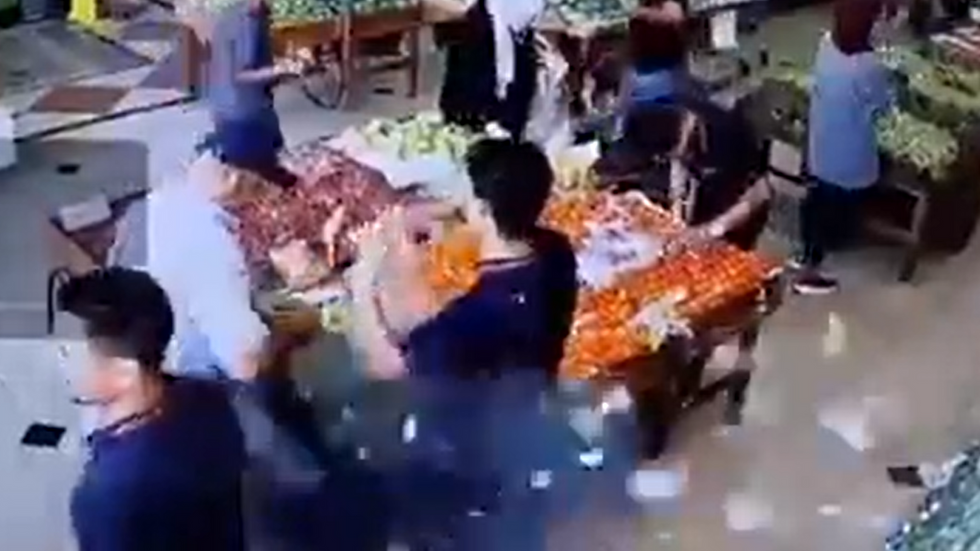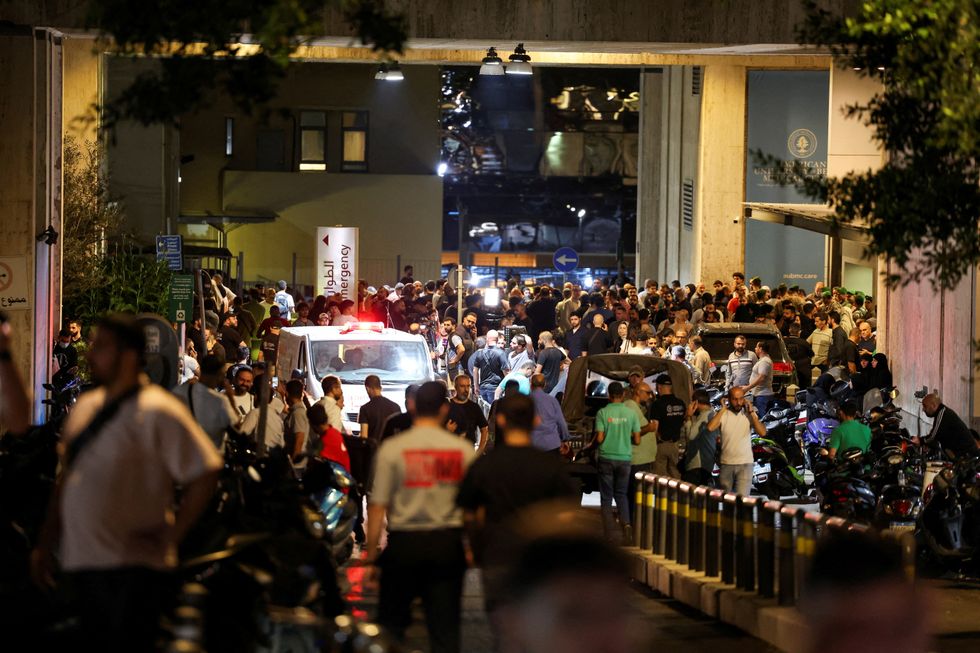



Hezbollah has acknowledged that every fighter wounded in the September pager explosions has not yet recovered, according to a spokesman from its wounded veterans' association.
The admission reveals the lasting impact of the coordinated assault that injured 3,000 individuals and claimed at least twelve lives, including two children.
The remotely detonated devices belonged to the Iran-aligned militia, with the majority of casualties being its operatives or support staff.
The organisation now faces substantial financial pressures and psychological challenges whilst providing extended medical care for thousands requiring ongoing treatment.
Israeli security services spent ten years developing the explosive devices and intelligence operation, according to reports.
The spy agency Mossad orchestrated the simultaneous detonation on September 17, delivering a significant strategic setback to Tehran's principal regional ally.
The assault severely compromised the group's operational infrastructure and devastated personnel confidence.
A second wave followed the next day when communication radios used by the organisation detonated, resulting in at least 25 deaths and more than 600 injuries, Lebanese health authorities reported.
 X | Debris can be seen shooting across the room as the device detonates
X | Debris can be seen shooting across the room as the device detonates
Israeli authorities maintained the devices underwent rigorous testing to limit harm to the user.
Civilian casualties included relatives of group members and employees at affiliated organisations, though precise figures remain unavailable.
Sarah Jaffal, a 21-year-old graduate, picked up a buzzing device in her kitchen that morning, losing an eye and four fingers when it detonated.
"I've put up with so much pain I never imagined I could tolerate," she said after undergoing 45 operations, with severe facial scarring and minimal vision remaining.

X
|Twelve-year-old Hussein Dheini, a youth scout member, similarly handled his father's device, losing his right eye, multiple fingers, teeth and part of his nose.
"Before, I used to spend a lot of time on my phone. I used to run and go to school," he said, now travelling regularly to Beirut for medical care.
Interior designer Zeinab Mestrah, 26, who lost an eye when a nearby device detonated, described medical facilities as resembling a "slaughterhouse".
She said: "People didn't recognise each other. Families were shouting out their relatives' names to identify them."
 REUTERS | Chaos erupted across Lebanon as Hezbollah fighters were compromised in the blasts
REUTERS | Chaos erupted across Lebanon as Hezbollah fighters were compromised in the blasts
The organisation's leader, Hassan Nasrallah, was killed in subsequent Israeli air raids, with hundreds of fighters and civilians perishing before November's American-mediated ceasefire.
The agreement compelled the militia to abandon its southern Lebanon positions, with the national army assuming responsibility for dismantling the armed faction.
Israeli forces continue intermittent operations, claiming on Friday to have eliminated an intelligence operative.
Lebanon's government has established year-end objectives for complete disarmament.
